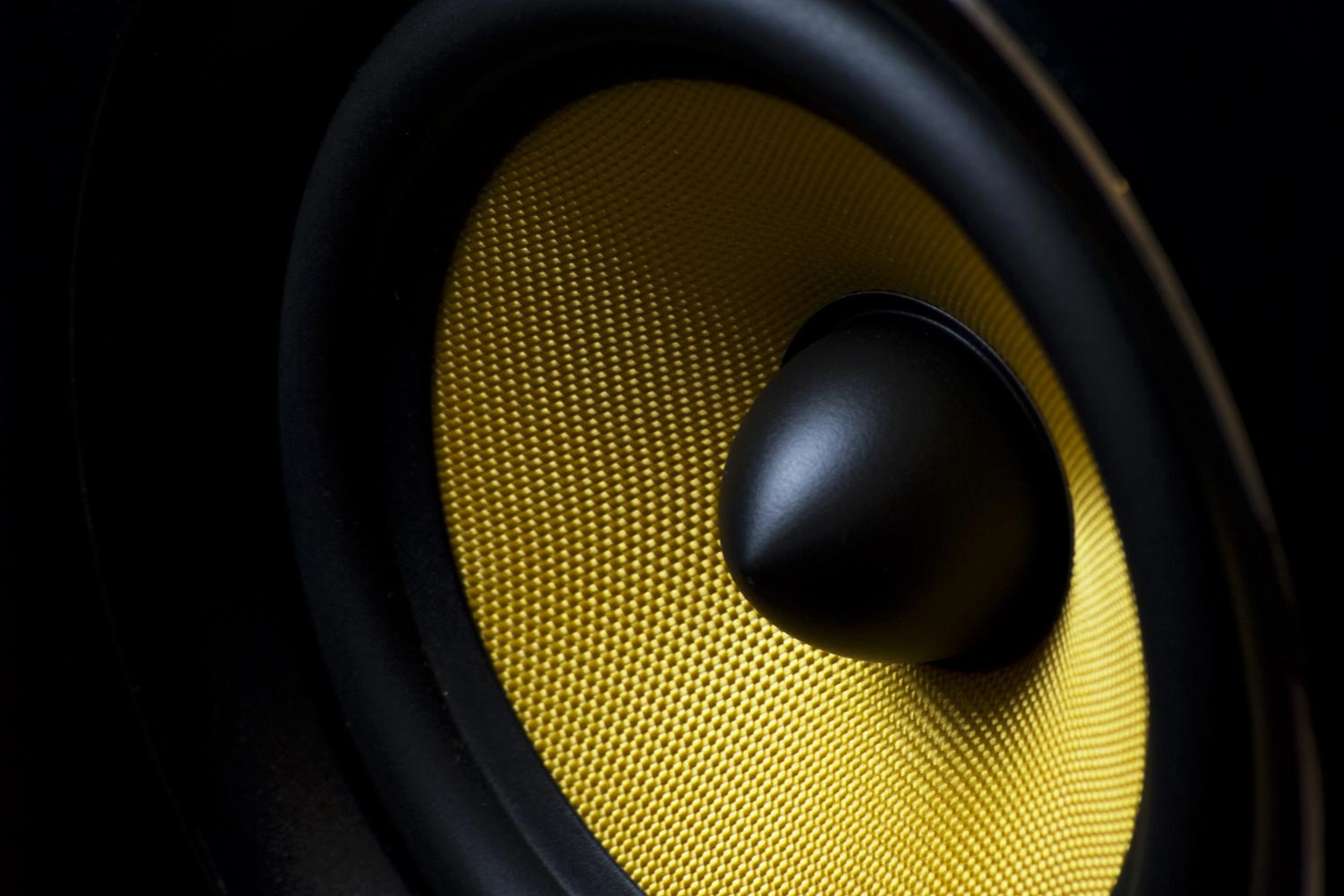But for a few of us, we have been discussing the input on a subwoofer labeled "LFE".
Including the recent digression where
@sarumbear is providing some very helpful insight from the perspective of the *source media*, this thread has cleared up a significant confusion that I have had about when to use a subwoofers "LFE" vs "Main R & L" inputs. Originally, I had assumed that the subwoofer's LFE input should ONLY be feed the LFE output from the source.
What I have learned -- from the view of the subwoofer connection called "LFE":
• If the AVR (or 2.1 stereo amp) is not doing any bass management, then the AVR's subwoofer out will only send the LFE channel from the source media. In this case, in addition to the subwoofer interconnect, you need to also need to connect the Right & Left channels (either speaker-level or mains-level) to the subwoofer if you want it to also provide low-end bass for the speaker channels in the source media.
• If the AVR (or 2.1 stereo amp) is doing bass management, then the AVR's subwoofer out will include
both the LFE channel from the media source as well as the low-bass from the speaker channels in the source media. In this case, you only need to connect the AVR's subwoofer out to the the "LFE" connection on the subwoofer. Which means
the "LFE" jack on the subwoofer is incorrectly (and confusingly) named because it is actually receiving both the LFE channel and the lower-bass range for the speaker channels ("right & left") in the media source.
What I also learned is that it is always important to be clear which part of the audio chain your answer relates to. The term "LFE" actually means very different things if you are talking about the LFE channel in the media source or the LFE input jack on the subwoofer.

